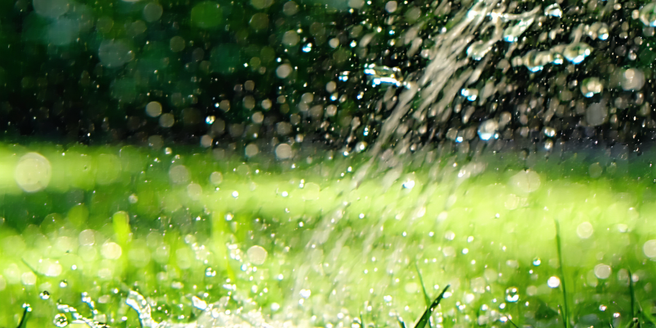Lawns And Ground Covers For Savings

Understanding the Basics of Lawn Maintenance
Lawn maintenance is critical in ensuring the longevity and aesthetic appeal of your outdoor space. Regular mowing is essential, as it helps in maintaining a uniform look and preventing the growth of weeds. Watering should be done early in the morning or late in the afternoon to reduce evaporation loss and ensure deep penetration into the roots. Fertilization plays a key role in providing the necessary nutrients required for the healthy growth of grass. Choose a fertilizer that suits your lawn’s specific needs. Seasonal checks, including aeration and overseeding, can invigorate your lawn, reducing compaction and promoting robust growth. Understanding these basics can help in saving time and money while improving the overall health of your grass.
Benefits of Using Ground Covers Over Traditional Grass
Ground covers offer an excellent alternative to traditional grass, providing aesthetic appeal and environmental benefits. Unlike traditional lawns, ground covers require less water, reducing irrigation costs and conserving a vital resource. Many types of ground covers also attract pollinators, supporting local biodiversity. They are generally low-maintenance, requiring less mowing and fertilizing, which translates into time and cost savings. Ground covers are also effective in controlling soil erosion, protecting your landscape from runoff damage. Additionally, they can thrive in various conditions where grass struggles, such as shaded or sloped areas, providing a green and lush appearance. By opting for ground covers, homeowners can enjoy a beautiful and sustainable landscape, enhancing curb appeal and promoting environmental health.
Cost-Effective Lawn Care Strategies
Effective lawn care doesn’t have to break the bank. Start by opting for a drought-resistant grass variety that requires less water, reducing your water bill. Sharpen your mower blades regularly; sharp blades ensure clean cuts and help prevent disease. Leave grass clippings on the lawn after mowing; they return valuable nutrients to the soil. Consider using homemade compost for natural fertilization, cutting down on expensive commercial products. Regularly inspect your lawn for pests and diseases and address them early to avoid costly treatments. Group plants with similar water needs together in one area to optimize water use. Adopting these strategies not only saves money but also contributes to a healthy lawn and environment.
Selecting the Right Ground Cover for Your Climate
Choosing the appropriate ground cover for your climate is pivotal in ensuring it thrives and meets your landscaping needs. Consider sun exposure, soil type, and moisture levels in your yard. In warmer climates, consider ground covers like creeping thyme or sedum, which withstand heat and drought. In cooler regions, hostas or ajuga might be preferable due to their tolerance to different environmental stresses. Assess the growth habits of the ground cover to ensure it won’t become invasive. Soil pH and nutrient levels should also guide your choice; some plants require specific conditions to flourish. Consulting with local gardening experts can provide insight into selecting species that are well-suited to your specific climate conditions.
Eco-Friendly Alternatives to Grass Lawns
Eco-friendly lawn alternatives are gaining popularity as more homeowners seek sustainable landscaping solutions. Clover lawns, known for being drought-resistant and nitrogen-fixing, reduce the need for fertilizers. Native plant gardens provide habitat for local wildlife, supporting biodiversity. As awareness of environmental issues grows, more people are turning to these sustainable options. Ornamental grasses offer aesthetic value without the maintenance required by traditional turf. Xeriscaping, designed for water conservation, uses drought-tolerant plants that thrive with minimal watering. Mulched or hardscaped areas eliminate the need for mowing and watering entirely, saving time and resources. These alternatives not only promote environmental health but often require less upkeep, allowing homeowners to enjoy beautiful, sustainable landscapes with reduced ecological footprints.